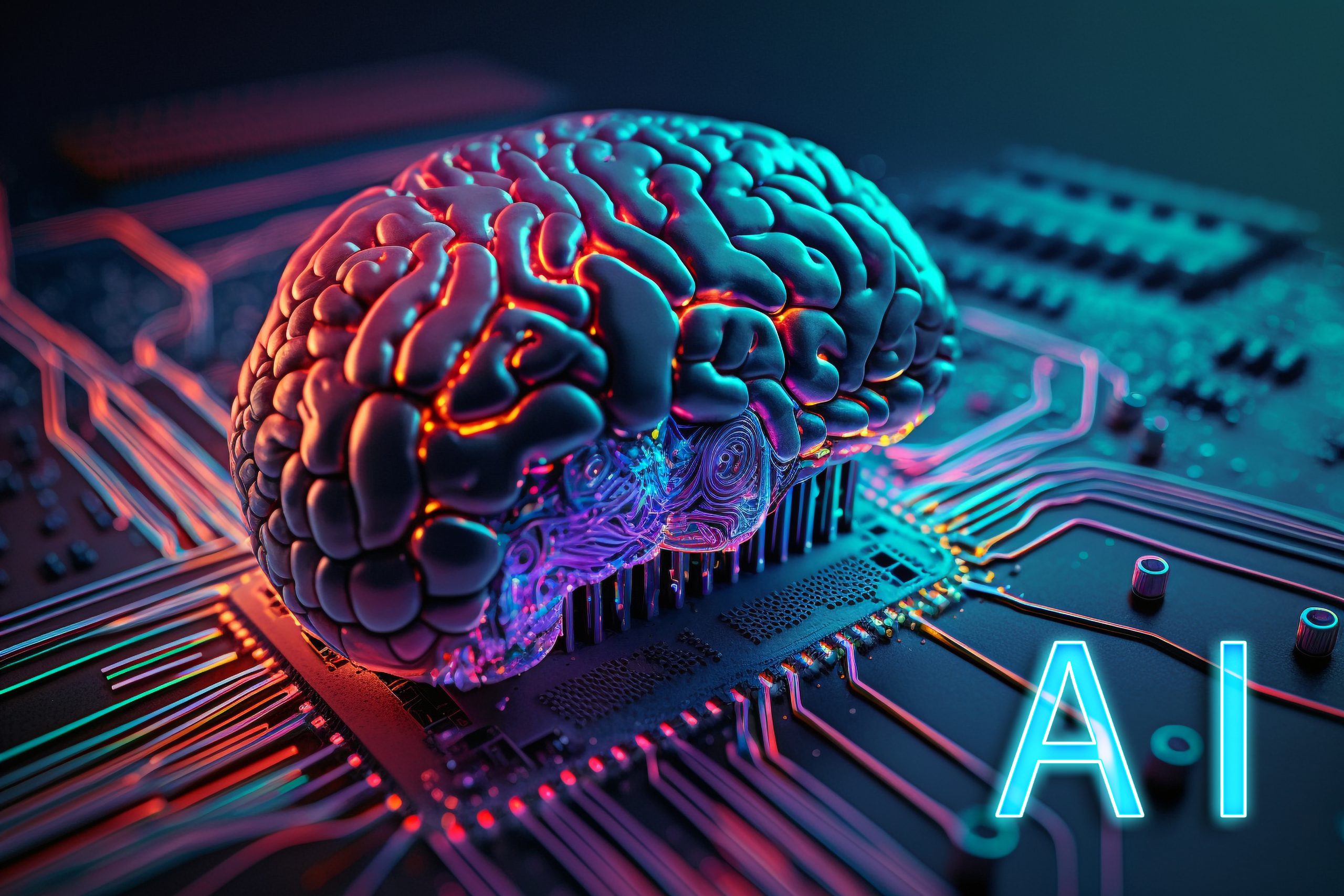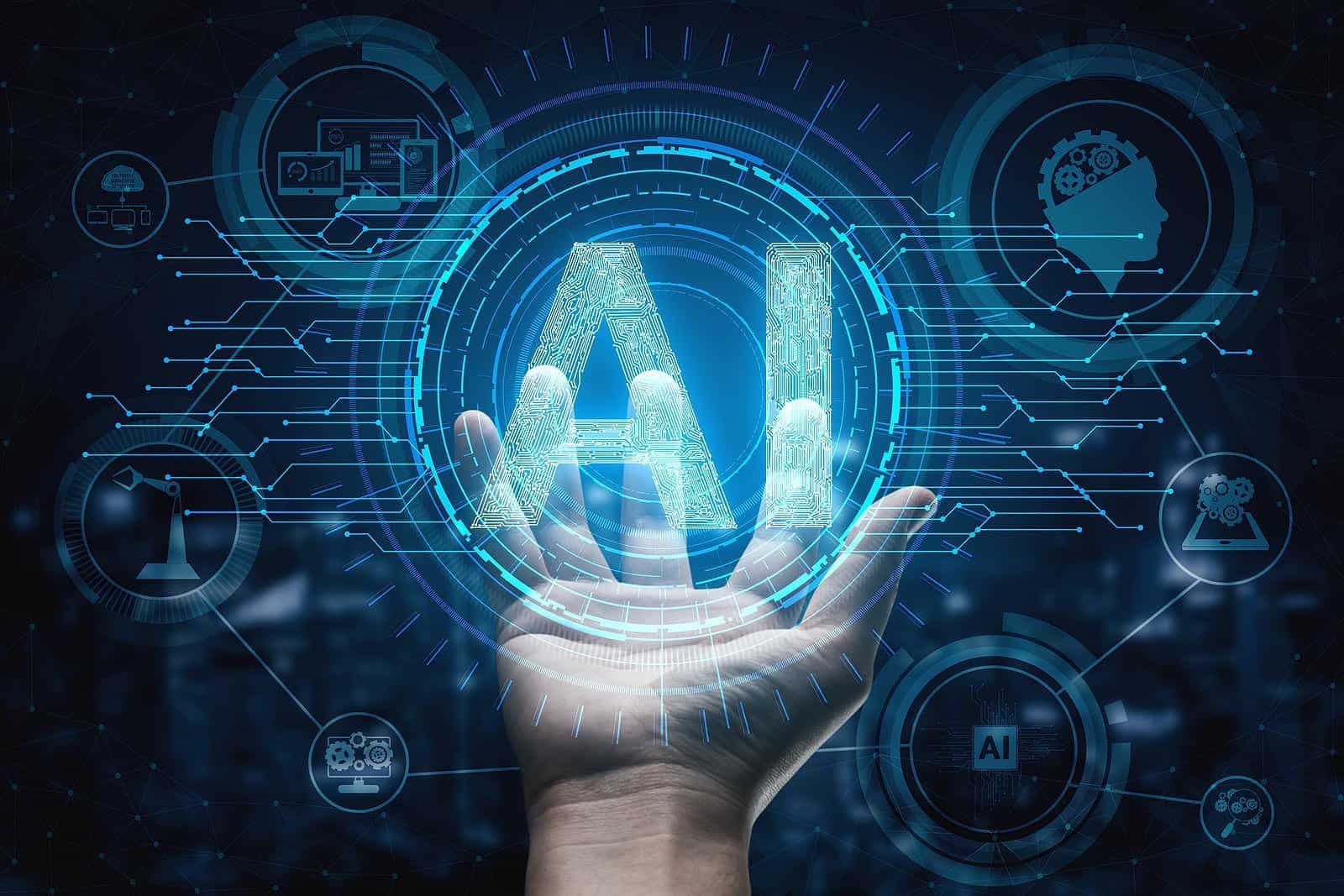
AI’s Got Jokes: Exploring the World of Funny Chat Responses
Artificial intelligence (AI) has come a long way in recent years, and it’s now capable of doing things that were once thought to be impossible. One of the most impressive feats of AI is its ability to generate human-like text, which has led to the development of AI chatbots that can engage in conversations with humans. While some AI chatbots are designed to provide information or assistance, others are designed to be funny and entertaining.
The use of AI in generating funny chat responses is a relatively new field, but it has already shown a lot of promise. AI chatbots can be trained on large datasets of text and code to learn how to generate responses that are both humorous and relevant to the conversation. This can be done by using a variety of techniques, such as natural language processing (NLP), machine learning (ML), and deep learning (DL).
One of the most common techniques used to generate funny chat responses is NLP. NLP is a field of computer science that deals with the interaction between computers and human language. NLP can be used to analyze the text of a conversation and identify the key topics and sentiments. This information can then be used to generate responses that are relevant to the conversation and that are likely to be funny.
Another common technique used to generate funny chat responses is ML. ML is a type of AI that allows computers to learn from data without being explicitly programmed. ML can be used to train AI chatbots on large datasets of text and code to learn how to generate responses that are both humorous and relevant to the conversation.
DL is a type of ML that uses artificial neural networks to learn from data. DL can be used to train AI chatbots on even larger datasets of text and code than ML, which allows them to generate even more sophisticated and humorous responses.
The use of AI to generate funny chat responses has a number of potential benefits. First, it can make conversations with AI chatbots more enjoyable and engaging. This can be especially helpful for people who are feeling lonely or isolated. Second, it can help to reduce stress and anxiety. Laughter is a known stress reliever, and AI chatbots that can generate funny responses can help people to laugh and feel better. Third, it can help to improve communication skills. By interacting with AI chatbots that can generate funny responses, people can learn how to be more humorous and engaging in their own conversations.
However, there are also some challenges associated with the use of AI to generate funny chat responses. First, it can be difficult to train AI chatbots to generate responses that are truly funny. Humor is subjective, and what one person finds funny, another person may not. Second, it can be difficult to ensure that AI chatbots do not generate responses that are offensive or inappropriate. AI chatbots are not able to understand the nuances of human language, and they may generate responses that are misinterpreted or that are considered to be offensive. Third, it can be difficult to prevent AI chatbots from being used to spread misinformation or propaganda. AI chatbots can be used to generate responses that are designed to mislead or manipulate people.
Despite these challenges, the use of AI to generate funny chat responses is a promising field with a lot of potential. As AI technology continues to develop, we can expect to see even more sophisticated and humorous AI chatbots in the future.
Here are some examples of funny chat responses generated by AI:
-
User: "What do you call a fish with no eyes?"
-
AI: "Fsh!"
-
User: "Why don’t scientists trust atoms?"
-
AI: "Because they make up everything!"
-
User: "Why did the scarecrow win an award?"
-
AI: "Because he was outstanding in his field!"
-
User: "I just saw my math teacher carrying a bunch of graph paper."
-
AI: "He must be plotting something!"
-
User: "Why don’t eggs tell jokes?"
-
AI: "They’d crack each other up!"
These are just a few examples of the many funny chat responses that AI can generate. As AI technology continues to develop, we can expect to see even more sophisticated and humorous AI chatbots in the future.
The Nuances of AI Humor
The ability of AI to generate funny chat responses is not just about spitting out canned jokes. It involves a deeper understanding of language, context, and human psychology. Here are some of the key elements that contribute to AI humor:
- Wordplay: AI can be trained to recognize and exploit puns, word associations, and other forms of wordplay. This is often the basis of simple jokes and one-liners.
- Unexpectedness: Humor often arises from the unexpected. AI can be programmed to generate responses that are surprising or incongruous, which can lead to laughter.
- Self-deprecation: AI can be programmed to make fun of itself, its limitations, or its own artificiality. This can be a way to humanize the AI and make it more relatable.
- Observational humor: AI can be trained to observe and comment on everyday situations in a humorous way. This requires a deeper understanding of human behavior and social norms.
- Contextual awareness: The best AI humor is context-aware. It takes into account the previous conversation, the user’s personality, and the overall situation to generate responses that are appropriate and funny.
Ethical Considerations
While AI humor can be entertaining and beneficial, it’s important to be aware of the ethical considerations involved. Here are some of the key concerns:
- Offensiveness: AI can generate responses that are offensive, discriminatory, or insensitive, even if unintentionally. It’s important to train AI models to avoid these types of responses.
- Misinformation: AI can be used to spread misinformation or propaganda under the guise of humor. It’s important to be aware of this risk and to develop safeguards to prevent it.
- Manipulation: AI can be used to manipulate people’s emotions or beliefs through humor. It’s important to be aware of this risk and to develop ethical guidelines for the use of AI humor.
- Authenticity: It’s important to be transparent about the fact that AI is generating the funny responses. People should not be misled into thinking that they are interacting with a human.
The Future of AI Humor
The field of AI humor is still in its early stages, but it has a lot of potential. As AI technology continues to develop, we can expect to see even more sophisticated and humorous AI chatbots in the future. Here are some of the trends that are likely to shape the future of AI humor:
- Personalization: AI chatbots will be able to personalize their humor to match the individual user’s personality and preferences.
- Interactivity: AI chatbots will be able to engage in more interactive and dynamic conversations, which will allow them to generate more spontaneous and humorous responses.
- Multimodality: AI chatbots will be able to use multiple modalities, such as text, images, and audio, to generate more engaging and humorous experiences.
- Creativity: AI chatbots will be able to generate original jokes, stories, and other forms of creative content that are both humorous and insightful.
In conclusion, AI has the potential to be a powerful tool for generating funny chat responses. While there are some challenges and ethical considerations to be aware of, the benefits of AI humor are clear. As AI technology continues to develop, we can expect to see even more sophisticated and humorous AI chatbots in the future, making our interactions with technology more enjoyable and engaging. The key is to develop and deploy AI humor responsibly, with a focus on ethical considerations and user well-being.
